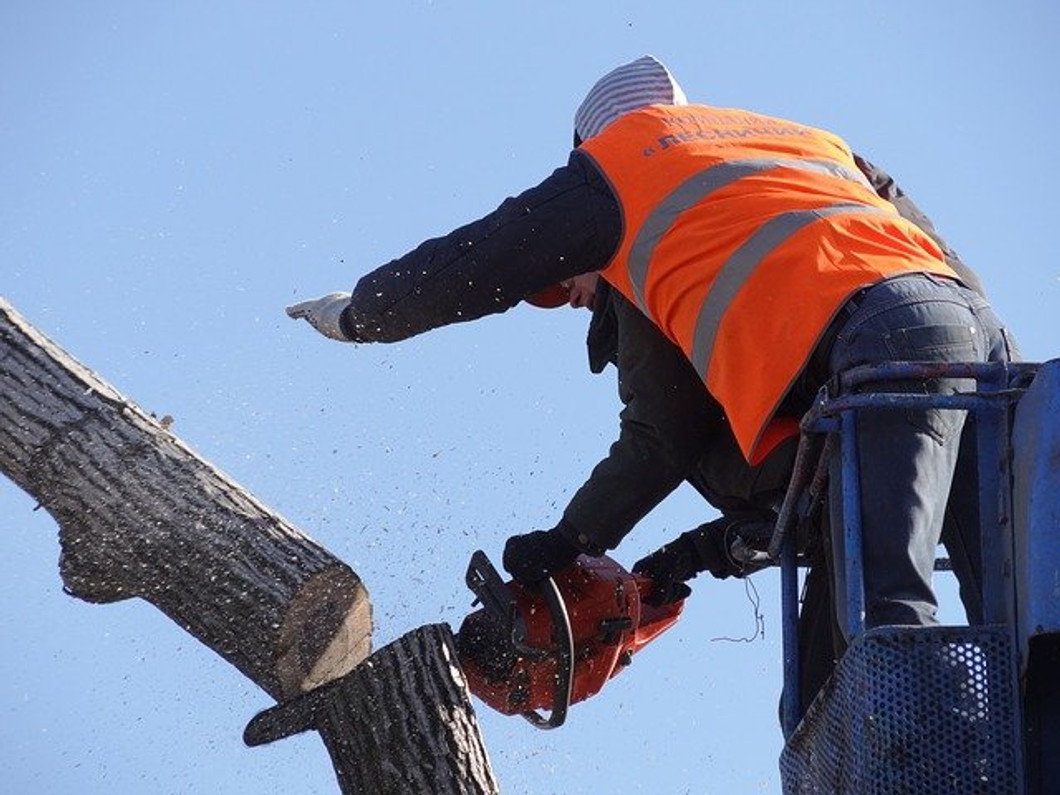Essential Safety Tips to Follow When Trimming Trees
Does your job involve cutting down or otherwise trimming trees? If so, you should take a few precautions to protect yourself from injury. Research shows that nearly 600 people died from tree trimming-related accidents from 2009 to 2015. By following a few essential safety tips, you can protect yourself from injury.
Avoid Power Lines
You should avoid power lines when trimming trees. Depending on where a tree is located, there may be one or more power lines nearby. If the tree falls over on one of these power lines, it may knock out power for the homes and businesses on that power grid. Even worse, it could electrocute you. The bottom line is that you should leave power lines untouched when trimming trees to avoid accidents such as this.
Beware of Decaying Trees
Before trimming a tree, inspect the trunk to determine whether or not it's suffering from decay. Dead trees will decay. The cellulose matter within the tree's trunk and limbs will decay, at which point the tree will become unstable. When this occurs, the tree may fall in an unexpected direction. And if you happen to be standing in that direction, you could sustain serious injury.
Here are some signs that a tree is decaying:
- Bark peeling or missing from the trunk
- Piles of sawdust near the bottom of the trunk
- Missing leaves
- Discolored leaves
- Large cracks or holes within the tree
Wear High-Visibility Clothing
Always wear high-visibility clothing when trimming trees. High-visibility clothing consists of vets, pants and other apparel featuring a reflective coating. High-visibility clothing ensures that other workers can see you. It will make you more visible, thereby lowering your risk of injury.
Wait for Sunny Skies
If the weather is bad, avoid trimming the tree. Instead, wait until a day when the skies are clear and sunny. The Occupational Safety and Health Administration (OSHA) specifically advises against trimming trees in "dangerous weather conditions." Rainy or otherwise bad weather can cause trees to behave in unexpected ways when trimmed, which in turn increases the risk of injury-causing accidents.
Don't Forget PPE
Personal protective equipment (PPE) is essential when trimming trees. What type of PPE do you need exactly? According to OSHA, workers should wear gloves, safety goggles, a hard hat and hearing protection when trimming trees. If you work for an employer, he or she should provide you with these items. Employers are required by law to provide their employees with the appropriate PPE for their respective jobs.
Recent Posts
-
Fire Safety in the Workplace: What You Need to Know
What steps are you taking to prevent fires in your workplace? According to the U.S. Occupational Saf …Aug 23rd 2023 -
Is It Safe to Go Jogging With a Cold Infection?
If you're suffering from a cold infection, you might be wondering whether it's safe to go jogging. T …Aug 22nd 2023 -
5 Safety Tips to Follow When Using a Powder-Actuated Tool
Powder-actuated tools are commonly used to join materials to steel and concrete. Also known as Hilti …Aug 20th 2023




